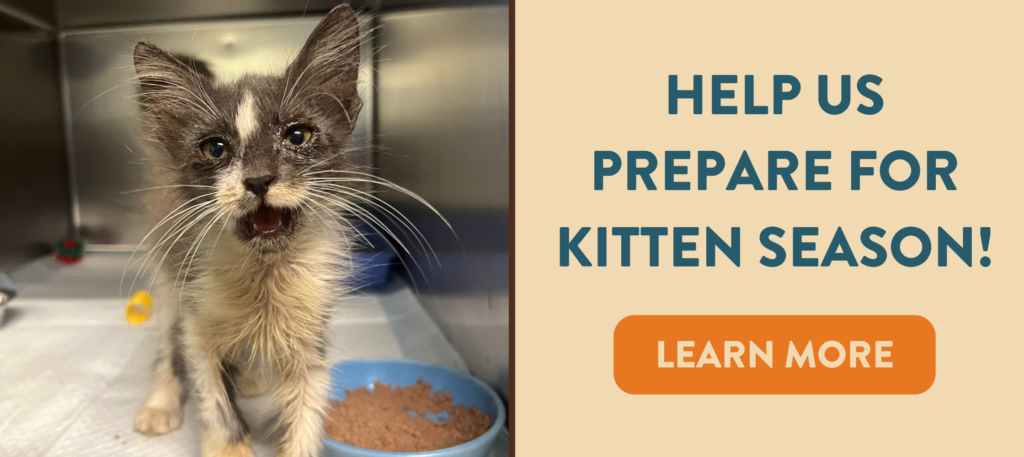By Animal Behaviorist Diane Anderson
Should your pet live inside the home with you or outside? This is a question that many people face when deciding whether or not to get or keep a pet. Below is information to help with that choice, and options to make life a little easier and more enriched for all members of the family.
Let’s begin with dogs.
Studies in animal psychology show that dogs who are isolated from their families develop behavioral issues that can become dangerous and many times may lead to the euthanasia of the pet. Remember, dogs are pack animals and their family is their pack. They are incredibly social creatures and thrive on companionship.
 Dogs have an amazing ability to learn how to co-exist within a human household. Outside dogs are harder to train as they have not developed the bond necessary for proper learning and shaping to take place. Chained dogs are the biggest risk. These dogs often become defensive and when given the chance will act accordingly to how they see fit. They respond to perceived threats by lashing out, biting or even attacking.
Dogs have an amazing ability to learn how to co-exist within a human household. Outside dogs are harder to train as they have not developed the bond necessary for proper learning and shaping to take place. Chained dogs are the biggest risk. These dogs often become defensive and when given the chance will act accordingly to how they see fit. They respond to perceived threats by lashing out, biting or even attacking.
Debunking the “The Guard Dog Myth”: Outside dogs do not make good guard dogs. Dogs naturally protect the area in which they live. If a dog is never allowed inside your home, he will have no reason to protect it. Other risks of keeping your dog outdoors include: escaping, theft, poisoning, animal attacks, taunting, neighbor complaints, and heat stroke.
If, however, you must keep your dog outside, you will need to provide proper and adequate shelter. A dog must be able to remove himself from the elements entirely, and have access to fresh food and water at all times. If you are having behavior problems with your pet, please seek the assistance of a qualified trainer. Behaviors can be modified!
So what about cats?
Many may be surprised that it is best to keep your cat indoors as well. There is an immeasurable amount of stray and feral cats on earth, and many of these felines carry diseases or illnesses that can easily be passed on to your cat if they were to come in contact. These include: FeLV, FIV, FIP, feline distemper or URI.
Parasites, while generally not life threatening can also be picked up outdoors. These include: fleas, ticks, ear mites and worms. Beyond these health reasons we must consider some real and present danger that the outside world presents. Cars, loose dogs, animal cruelty, toxins and poisons, are among the top threats.
Keeping your cat inside is not only good for them but for the environment as well. Did you know that outdoor cats kill millions of birds each year? You can place a bell on your cat’s collar to give birds a warning as your cat approaches.
If you are set on having your cat outdoors, make sure they have a break-away collar so they do not become tangled and asphyxiate. Consider leash training your cat or building an outside enclosed run for them to enjoy. This way they can experience the best of both worlds safely. Also make sure you have a variety of interactive toys for your inside cat along with scratching posts, and be sure to provide perches and hiding places to help your indoor cat feel right at home.
Keep those pets safe at all times this summer, inside and out.


